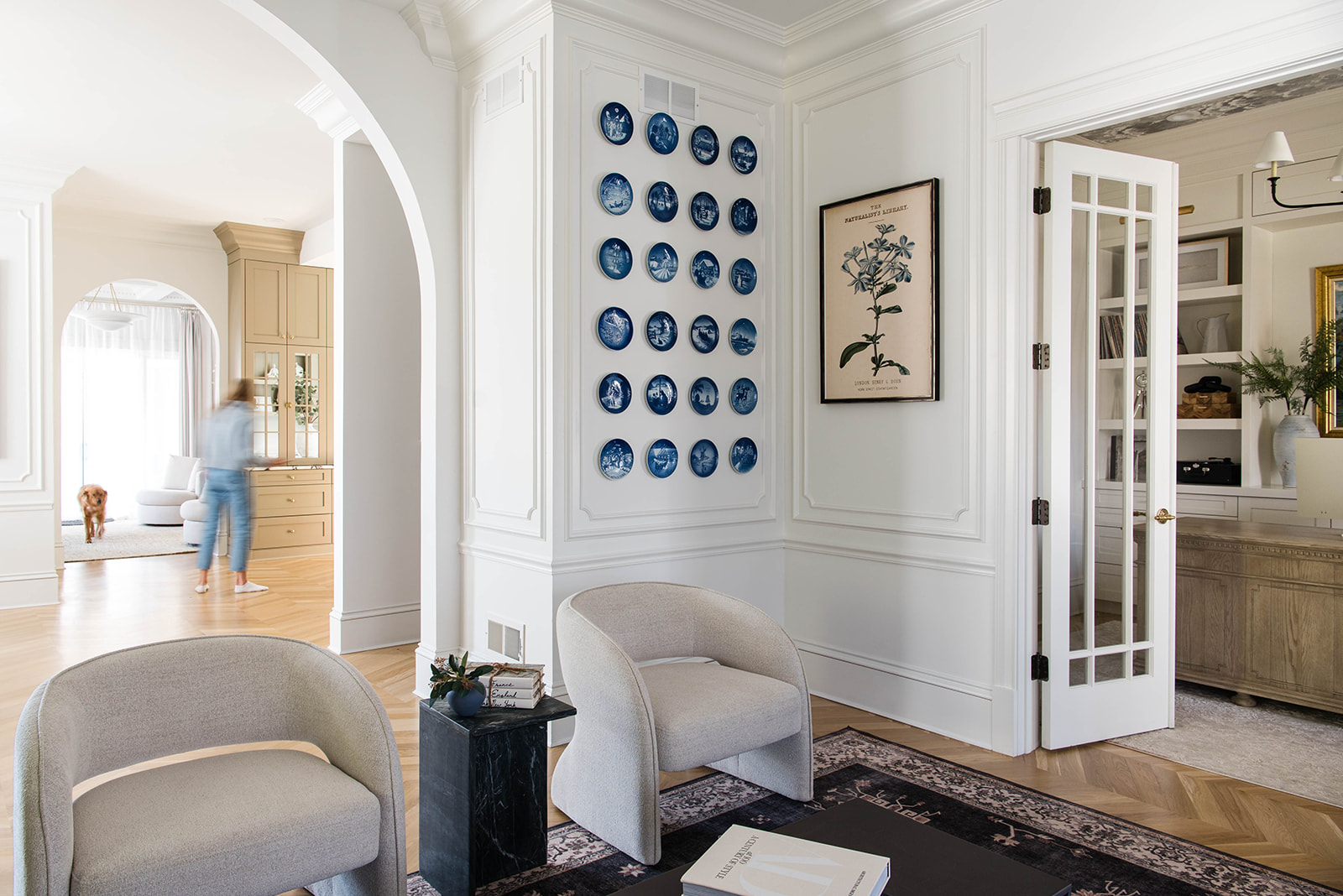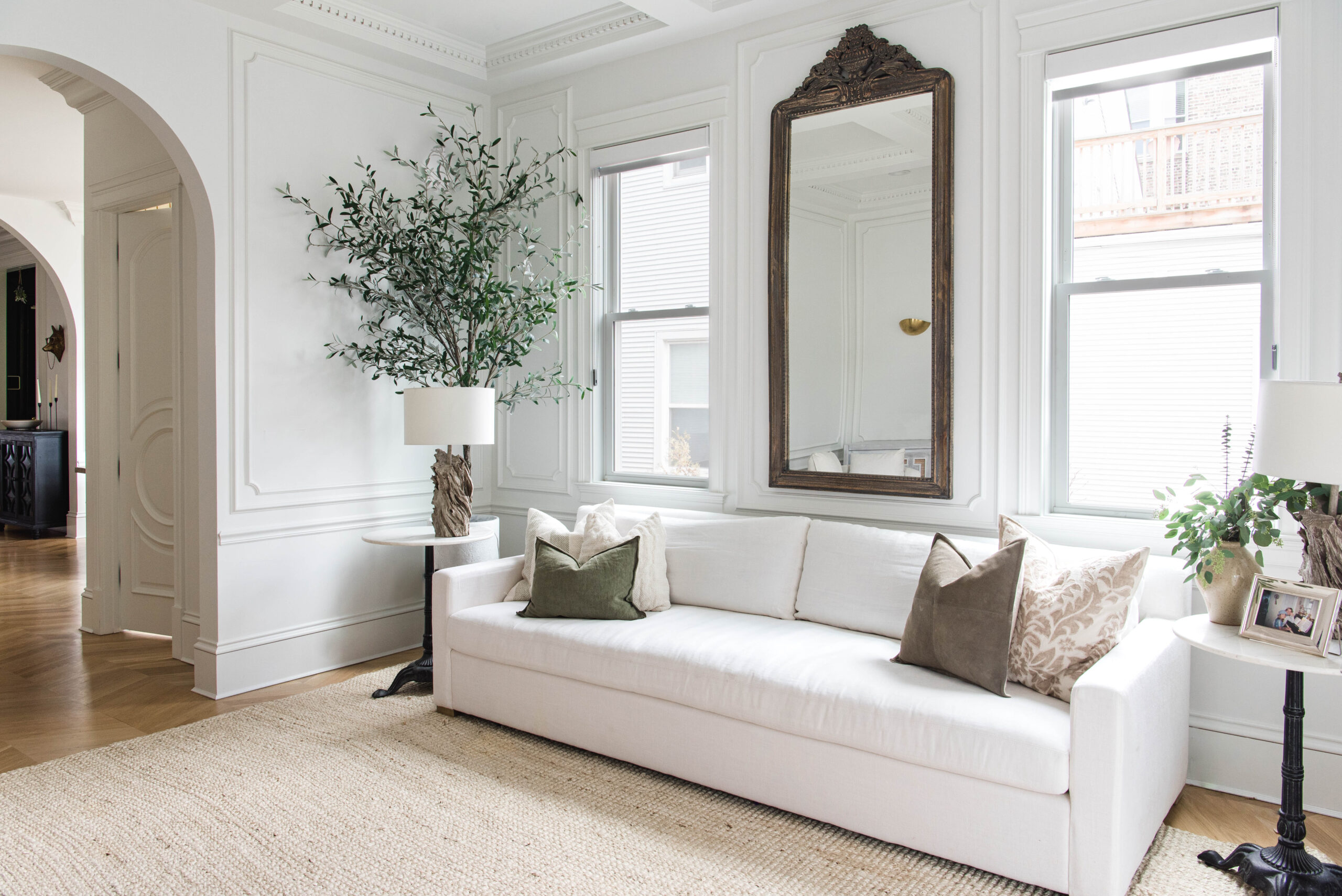
It Started with a Sofa…
A client once walked into our studio frustrated. She’d spent months searching online for the “perfect” sofa, one that looked just right, felt like her, and didn’t show up in every other Instagram home tour.
She’d narrowed it down to a few popular options, but something wasn’t clicking.
Her words: “I don’t want my living room to look like a catalog.”
That’s when we explained the difference between retail and trade-only furniture, and how finding the right mix can make a home feel layered, curated, and uniquely yours.
Retail Furniture: Accessible + Foundational
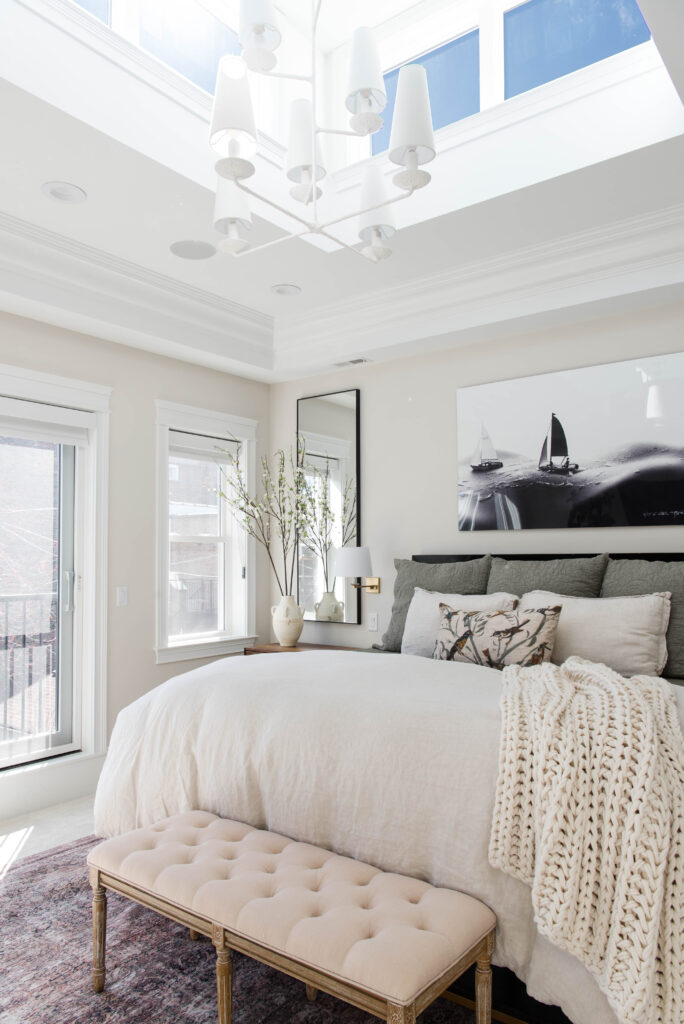
Retail = Available to Everyone
- You can walk into a store (or click online) and buy it.
- Great for foundational pieces—sofas, beds, dressers—especially when you need something quickly.
- Ranges from budget-friendly to high-end.
Pros:
- Instant access—buy today, ship tomorrow (sometimes).
- Easy to return or swap out.
- Great for mixing in practical, stylish staples.
Cons:
- Mass-produced, which means… your best friend, neighbor, and half the internet may have the same piece.
- Less customization—limited sizes, colors, fabrics.
- Can feel generic if used exclusively.
Trade-Only Furniture: Curated + Custom

Trade-Only = Available Through Designers & Industry Pros
- These are made-to-order, often by fabricators or boutique manufacturers.
- They offer deep customization—size, finish, fabric, detailing.
- Designers often sketch or specify every element.
Pros:
- Truly one-of-a-kind pieces.
- Designed for your space, your needs, your style.
- Allows your home to feel intentional and collected—not mass-produced.
Cons:
- Longer lead times.
- Usually a higher price point.
- Requires a designer or trade access to purchase.
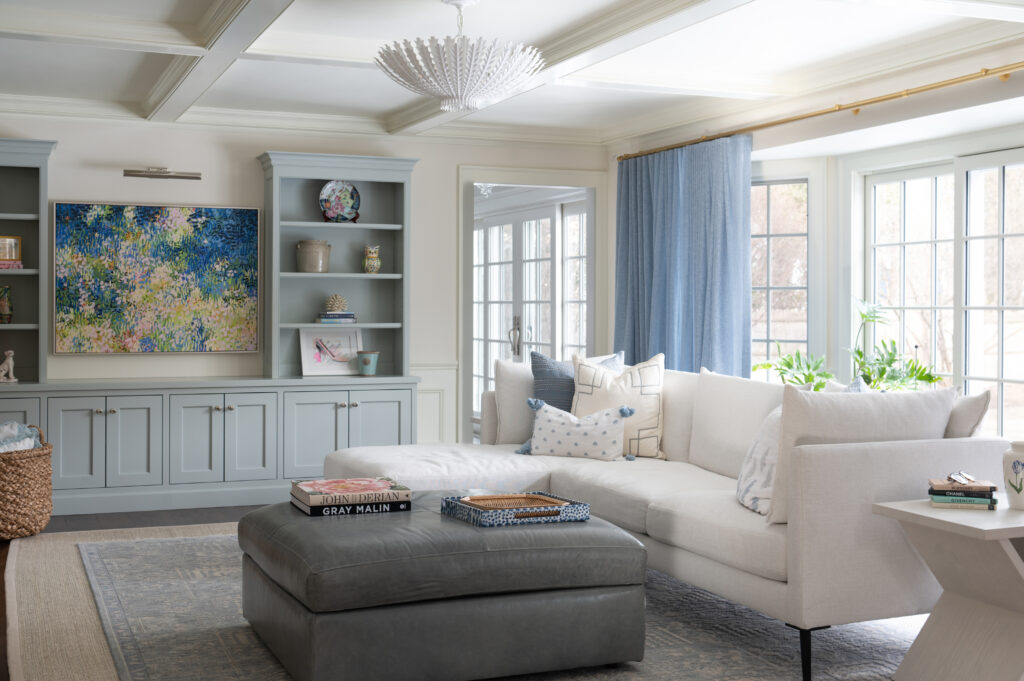
Where Most People Land: A Blend of Both
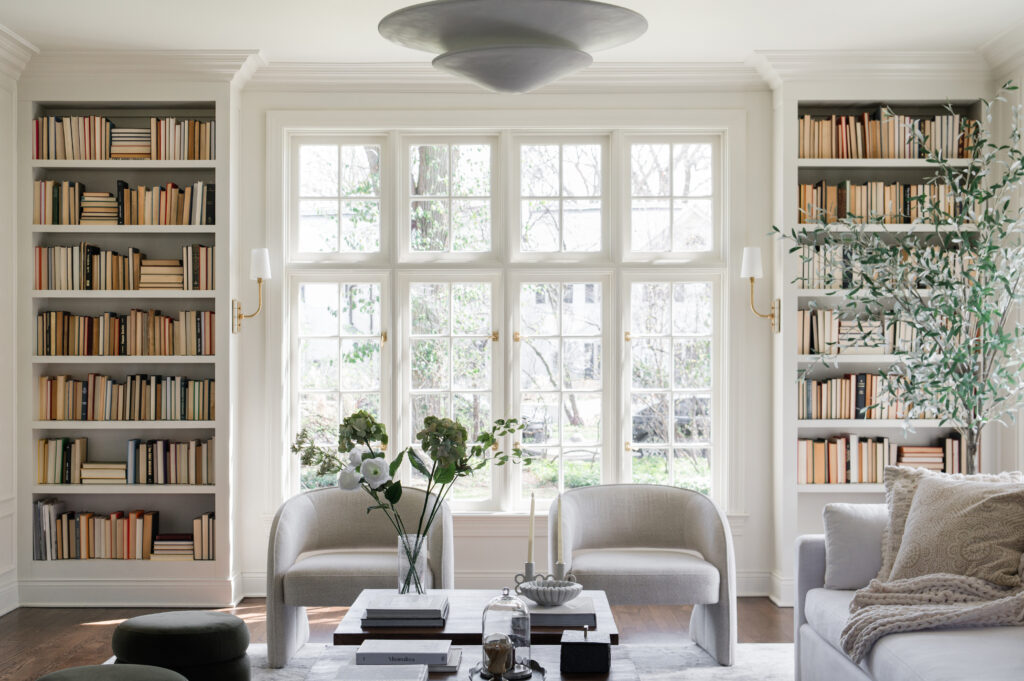
Most clients fall somewhere between full-retail and fully custom:
Why blending works:
- Use retail for high-traffic or time-sensitive areas.
- Layer in trade-only for standout, investment pieces—coffee tables, accent chairs, lighting, or art.
- A mix gives your home character without sacrificing practicality.
Think of it like this:
- Retail = neutral pieces likely to need replacing or have short lifespans.
- Trade-only = the soul and personality.
So… Which One Should You Choose?
Ask yourself:
- Do I want something no one else has?
- Am I okay with pieces being “good enough” if they’re convenient?
- Do I want my home to feel designed or just furnished?
There’s no wrong answer—it’s about knowing your priorities and designing intentionally.
Retail furniture is accessible, fast, and often more budget-friendly, but it’s also mass-produced—meaning your space might end up looking like everyone else’s. Trade-only pieces, on the other hand, are exclusive, fully customizable, and typically available only through designers, but they require more time and investment. The sweet spot? Blending both. Mixing retail staples with a few custom, trade-only pieces creates a home that feels layered, intentional, and uniquely yours.
+ view the comments

